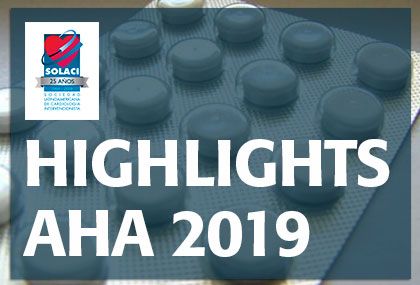This sub study of the GALILEO specifically looked at valve thickening and reduced leaflet motion after TAVR documented with 4D CT. Whether anticoagulation with rivaroxaban might reduce or prevent this phenomenon remained unanswered.

Patients receiving the same anticoagulation scheme than the general study’s (rivaroxaban + aspirin vs. aspirin + clopidogrel) were assessed by 4D CT at 90±15 days after randomization. Primary end point was percentage of patients with at least one leaflet with reduced motion. Valve thickening was also assessed.
The study included 231 patients; 2.1% in the rivaroxaban group showed leaflet motion reduction in at least one valve vs. 10.9% in the antiplatelet antiaggregation group (p=0.01).
Thickening of at least one valve was observed in 12.4% of the rivaroxaban group vs. 32.4% in the antiplatelet antiaggregation group.
Despite the above mentioned, in the general GALILEO study, the risk of death, thrombotic events and bleeding resulted higher in patients receiving rivaroxaban.
Conclusion
In patients undergoing TAVR with no formal anticoagulation indication, indicating rivaroxaban vs. antiplatelet antiaggregation was shown more effective in the prevention of valve motion subclinical abnormalities. However, the general study showed rivaroxaban was associated to higher mortality, thrombosis and bleeding rates.
Original Title: Reduced Leaflet Motion after Transcatheter Aortic-Valve Replacement.
Reference: Ole De Backer et al. Presentado en el congreso AHA 2019 y publicado simultáneamente en NEJM.
Get the latest scientific articles on interventional cardiologySubscribe to our weekly newsletter
We are interested in your opinion. Please, leave your comments, thoughts, questions, etc., below. They will be most welcome.





